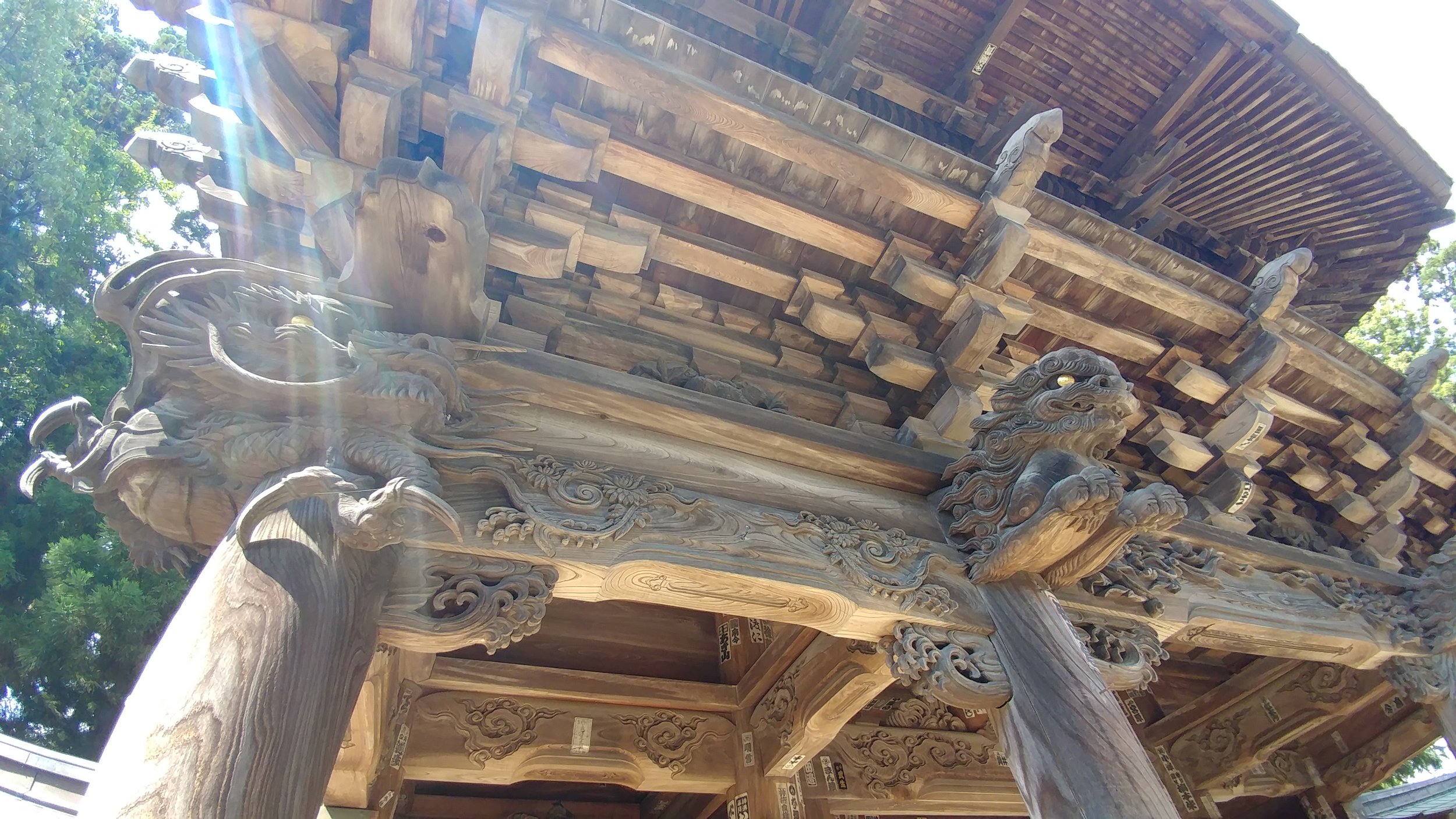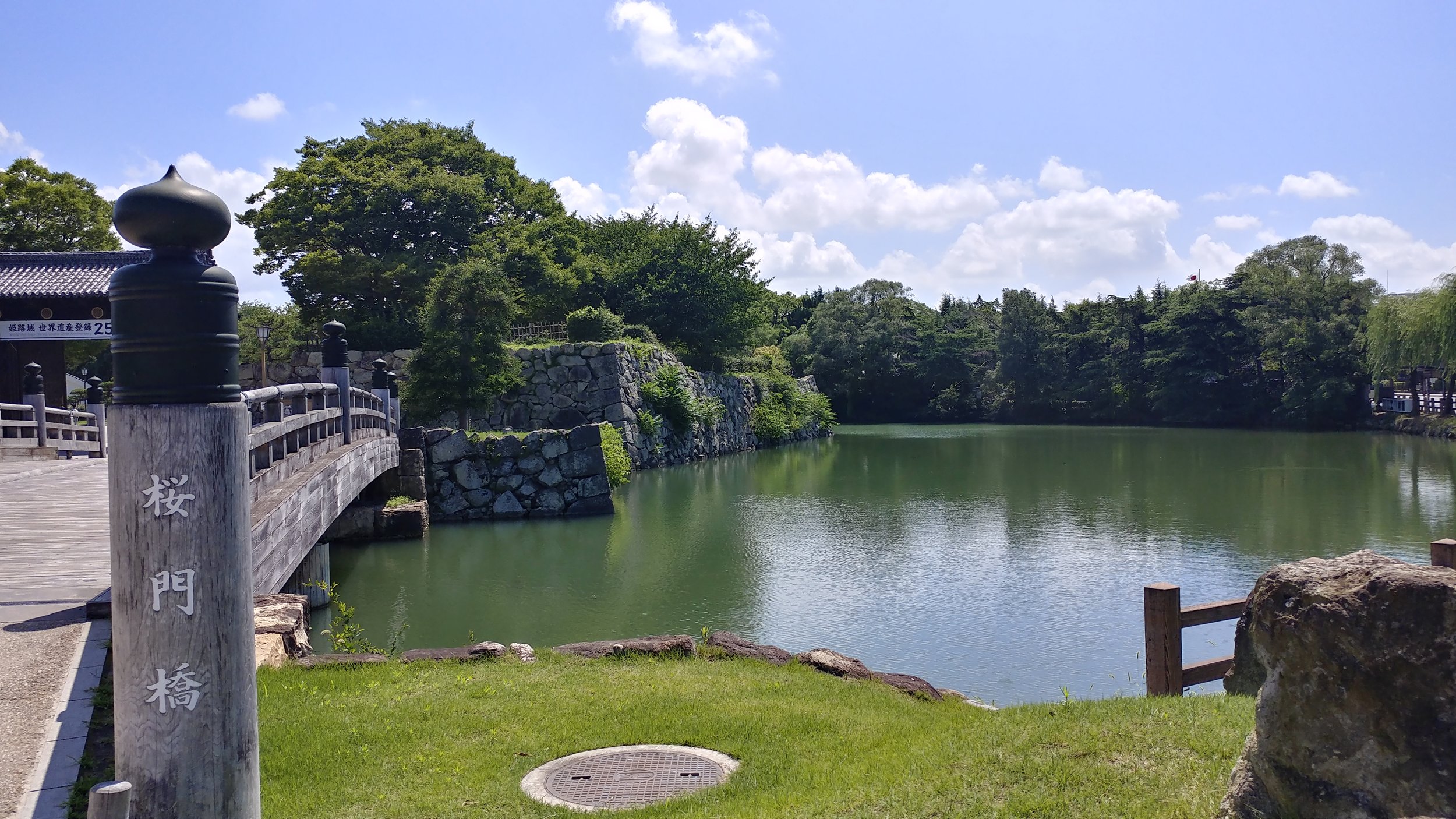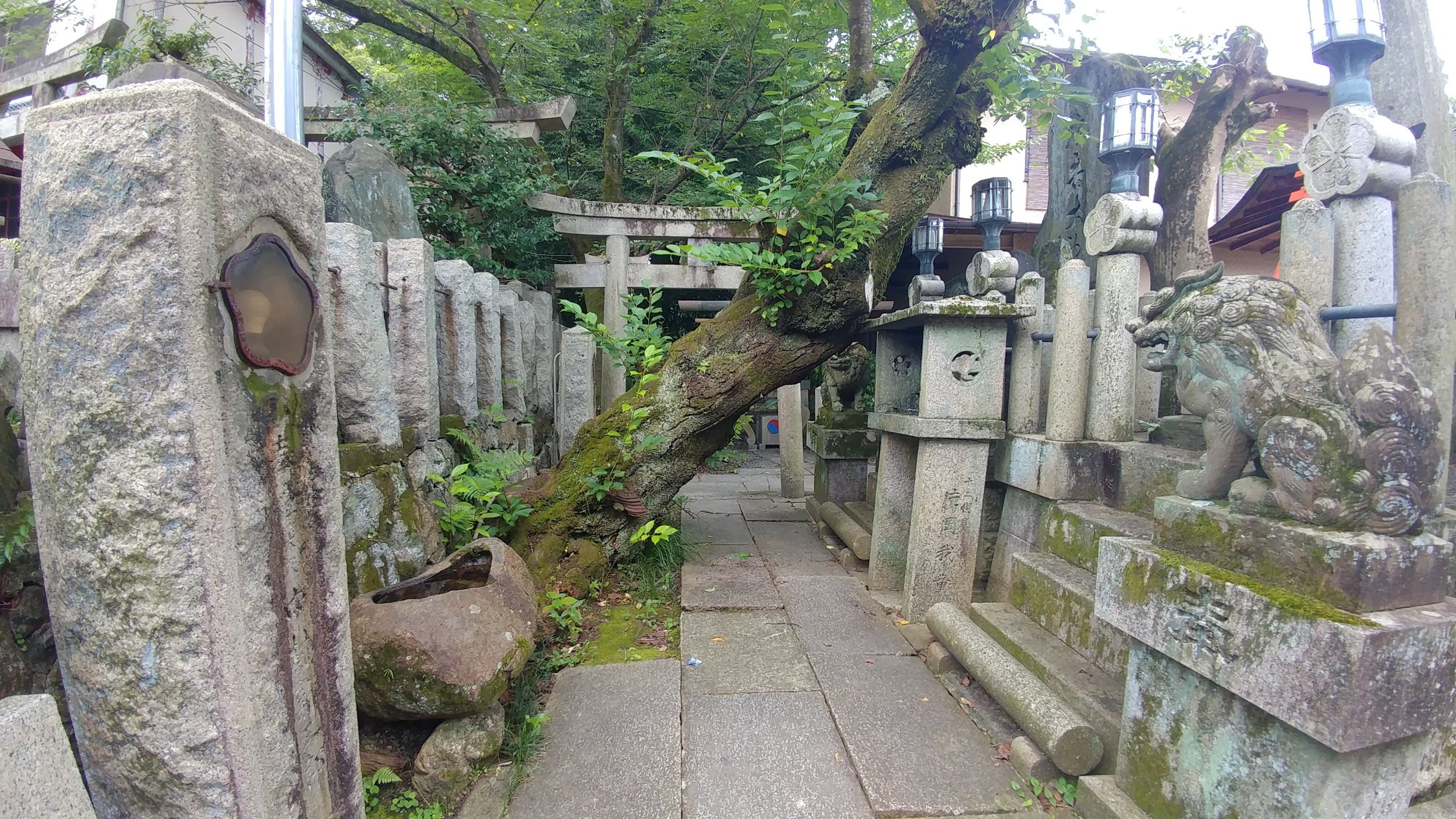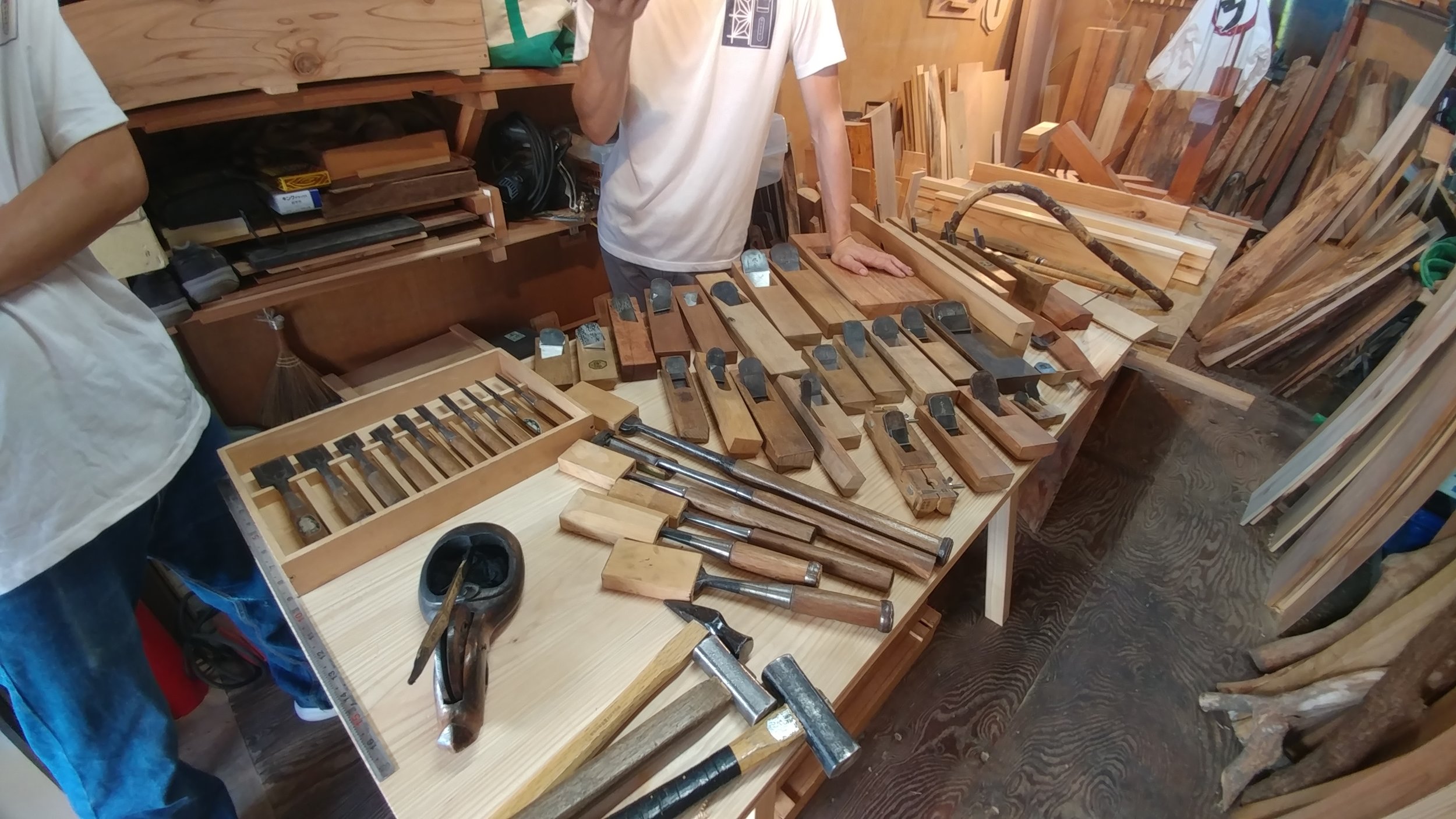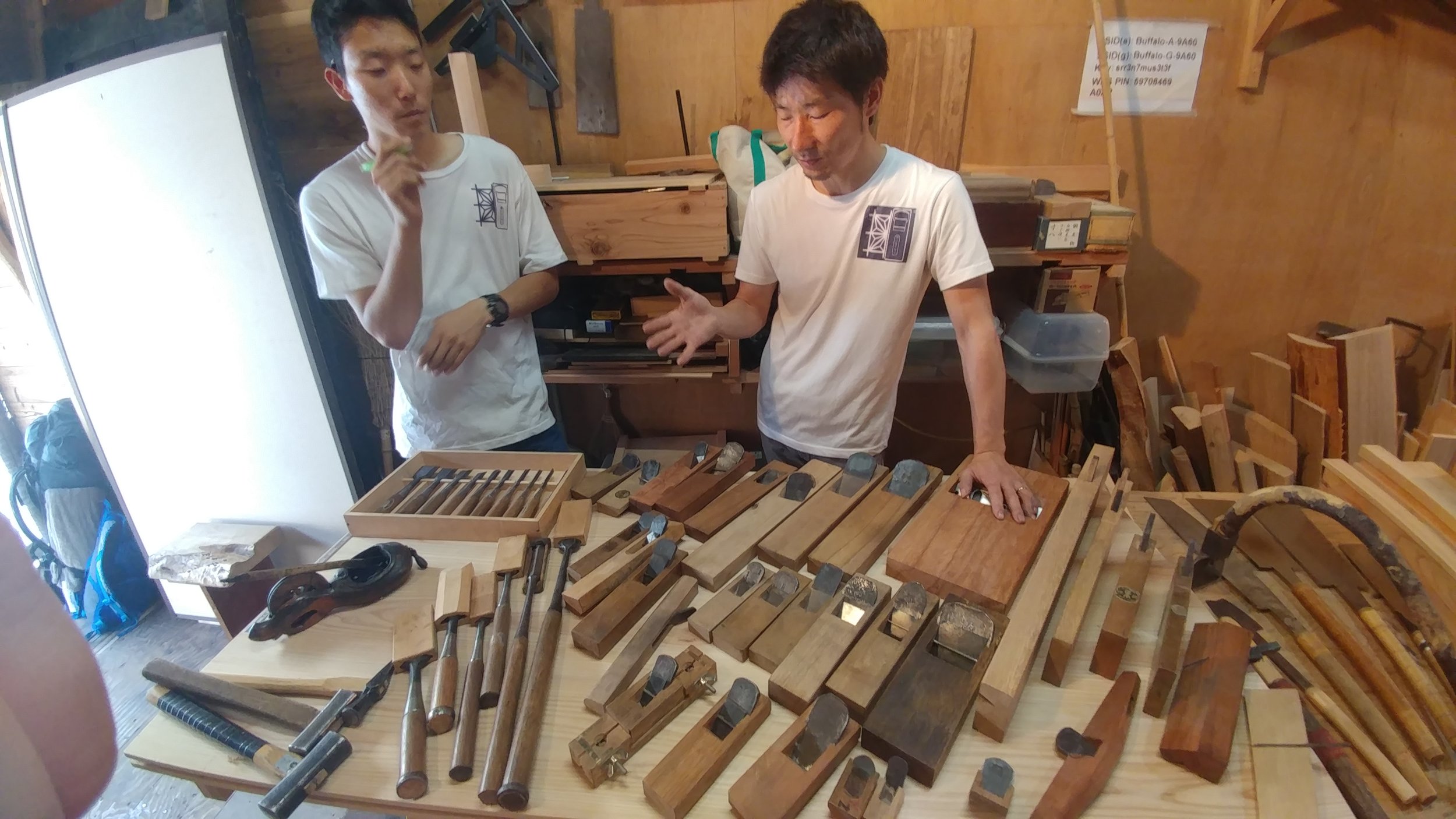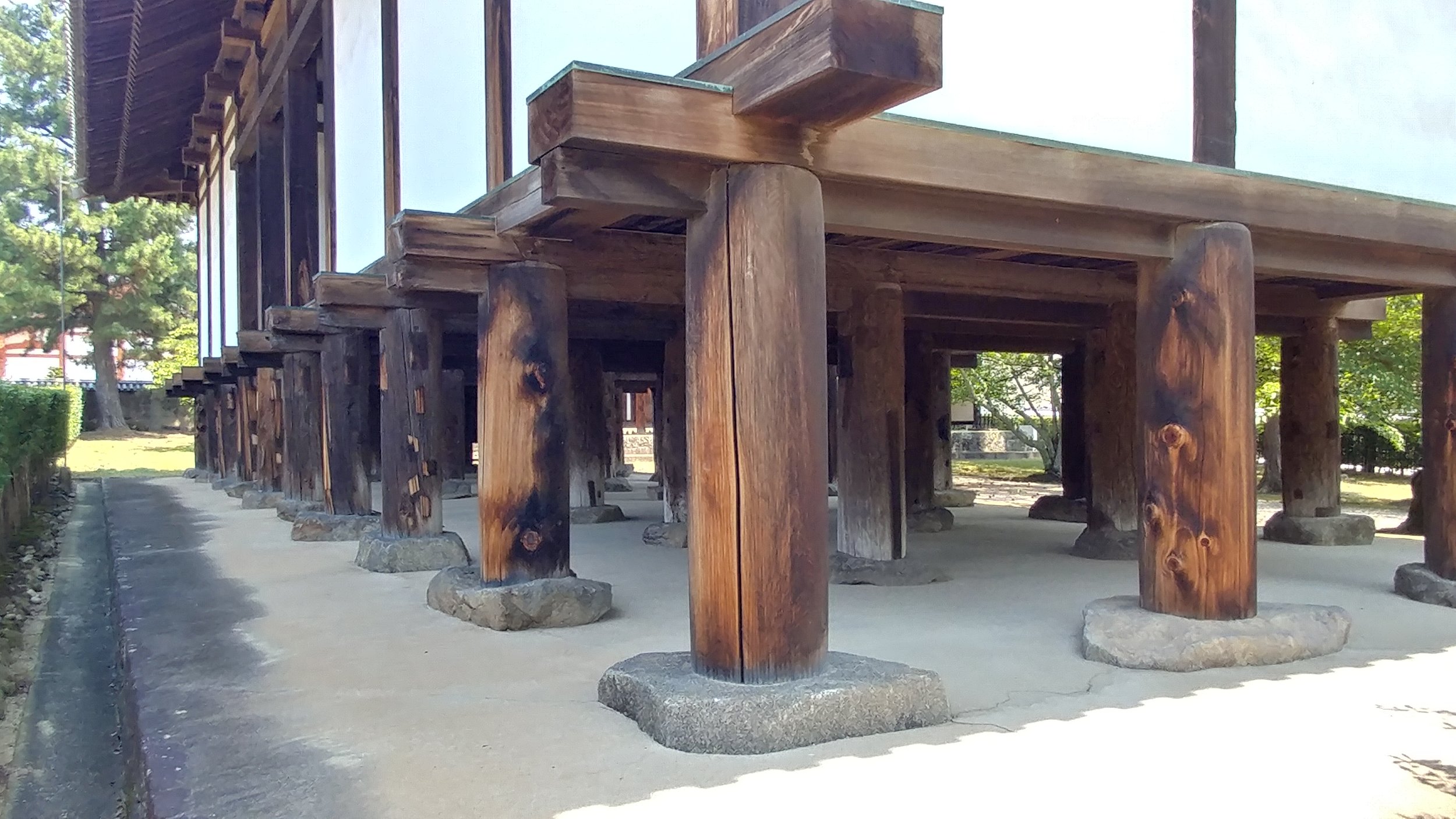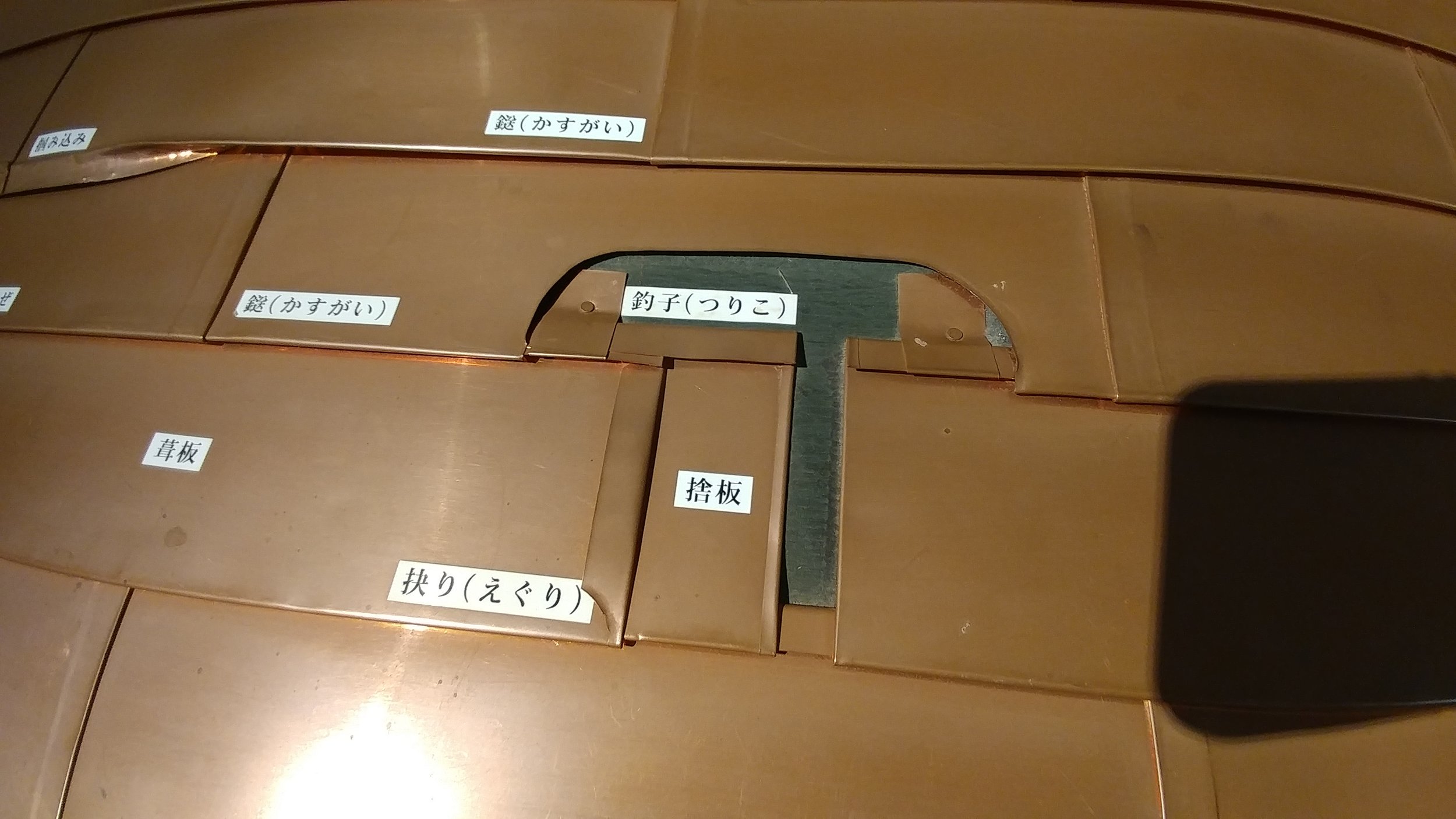A Pilgrimage to Japan
From June 12 to July 24, 2018 I lived and traveled throughout one of my favorite countries, the land of the rising sun, the island nation: Japan! The spark for the trip occurred early in the year, the deeper I would dive into the craft of Japanese woodworking, the more I desired to go back to the source. Though I spent a short week in the Kansai area in 2006, I could only remember moods and feelings, the specifics were cloudy. The constant wish for "the perfect trip" or a year long stay preventing me from ever actually going back, and yet having been infatuated with Japan since an early age, it seemed a paradox that I would wait so long to visit. I caught myself in the cycle of craving and simply decided: "it's time to go." And that was that.
Devoting oneself to a specific topic certainly helped shape this new trip. I discovered a wonderful opportunity through the website Workaway to live, work, and practice Zen at the Horakuan Zen Retreat Center. The proprietor and priest Dorothee is a wonderful and fascinating woman and made me feel right at home. For the first 3 weeks of the trip other guests and I helped in the process of building out a new meditation hall under the guidance of an amazingly skilled carpenter. The opportunity to simply watch a master at work and complete layout on large natural posts and beams was extremely rewarding. I considered the first half of the trip an act of easing myself into Japanese culture, as one might ease oneself into a hot onsen. It was very peaceful, calm, and serene in the mountains of Nagano.
The second half of the trip was largely a contrast to the first. Where as first I was the rock, now I was the water, moving all over. When asked by fellow travelers or locals, I would state my simple mission: "I'm a carpenter from America. I want to learn as much as possible about Japanese woodworking. I'm either at temples, tool stores, or eating!" And that was an accurate description of my routine. I worked my way north from Nagano, collecting tools, walking around the towns observing temple and residential architecture, and decimating bowls of soba, plates of sushi, and piles of uni (the primary reason for my journey to Shakotan).
From Hokkaido I returned to the Kansai area for the bulk of the remainder of the trip. I had amazing opportunities to meet a saw maker, a plane maker, and visit with local carpenters. It was a particular joy to receive a lesson on the use of the Japanese adze, the chouna. That hooked me and it wasn't long before another piece of iron found it's way into my extremely heavy pack. It was clear that across the whole of the earth, there is a rather close knit community of people pursuing the craft of Japanese woodworking. We all seem to follow each other on Instagram!
By the time I arrived in Tokyo my pack weighed probably 50 pounds. It's not easy picking up souvenirs when they are either made of iron, rocks or heavy oak. I was slightly glad to be rid of them at the airport, but on the whole quite dismayed that it was time for my pilgrimage to reach its end. There were so many moments of novelty, bliss, and lessons learned. So many sights and curiosities. My to-do list never really shrank, but grew, and many reasons accumulated for a return trip. I dearly hope that it won't be too long before I visit again.
There are too many interesting topics from this trip on which to expand. Those that are covered in their own notebook entries are listed at the bottom of the page. Below are a trip itinerary, map, and photo album.
Itinerary
Major cities to which I visited or in which I stayed.
- Yudanaka
- Suzaka
- Matsumoto
- Tsubame-Sanjo
- Morioka
- Hachinoche
- Shakotan
- Saporo
- Kobe
- Osaka
- Miki
- Himeji
- Kyoto
- Hiroshima
- Matsuzaka
- Tsu
- Ise
- Tokyo

























































